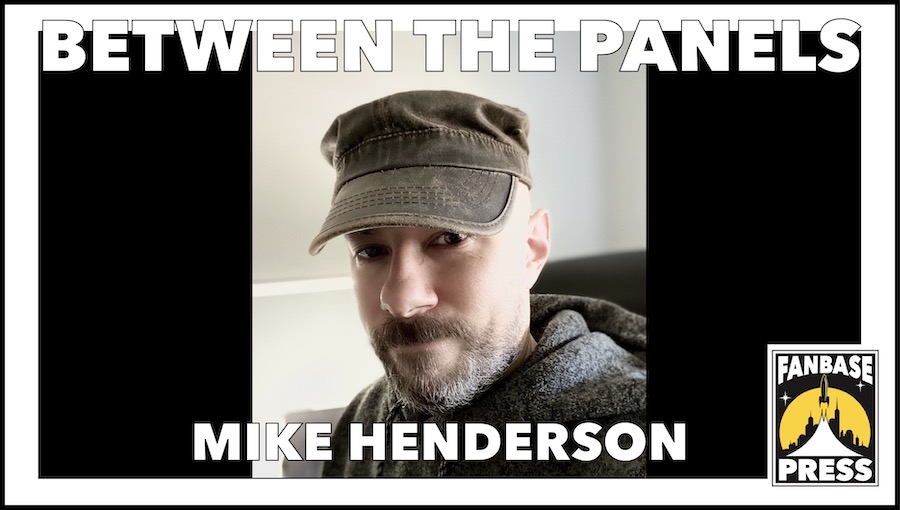“Between the Panels” is a bi-weekly interview series focusing on comic book creators of all experience levels, seeking to examine not just what each individual creates, but how they go about creating it.
What aspiring comic book creator would turn down a job for Marvel as their way of breaking into the biz? That’s exactly what happened for Mike Henderson, who parlayed his early chance at Spider-Man into a career made up of high-profile gigs (Daredevil, Dead Man Logan) and creator-owned, personal work (The Forged, Nailbiter).
First off, the basics…
Your specialties (artist/writer/letterer/inker/etc.): Artist/Occasional Writer
Your home base: Portland, OR
Social Media
Instagram: @mikeshenderson
Bluesky: @mikeshenderson.bsky.social
Webstore: mikehenderson.bigcartel.com
Fanbase Press Contributor Kevin Sharp: I start with the same big question for all guests: Why comics? What attracts you as an artist to working in this form specifically?
Mike Henderson: I think comics are the one art form that can be pushed and stretched to the most extremes. It has its limitations, of course, but beyond the bounds of the production, its only barriers are the imaginations and talent of the creative team. And for anyone who loves to tell stories, that’s an enormous appeal.
KS: Please tell readers a bit about where you grew up and what your creative “diet” looked like as a kid— movies, TV, whatever else…
MH: I grew up in suburban Rhode Island in the ’80s, so I had a steady diet of many of the cliché nerdy things that my parents in no way discouraged. Star Trek, Star Wars, Masters of the Universe, and, maybe a little later than some of other creators, I found a little stash of comics in the corner of a baseball collectibles shop that my dad and brother were mining for much sought after rookie cards of one right fielder or another.
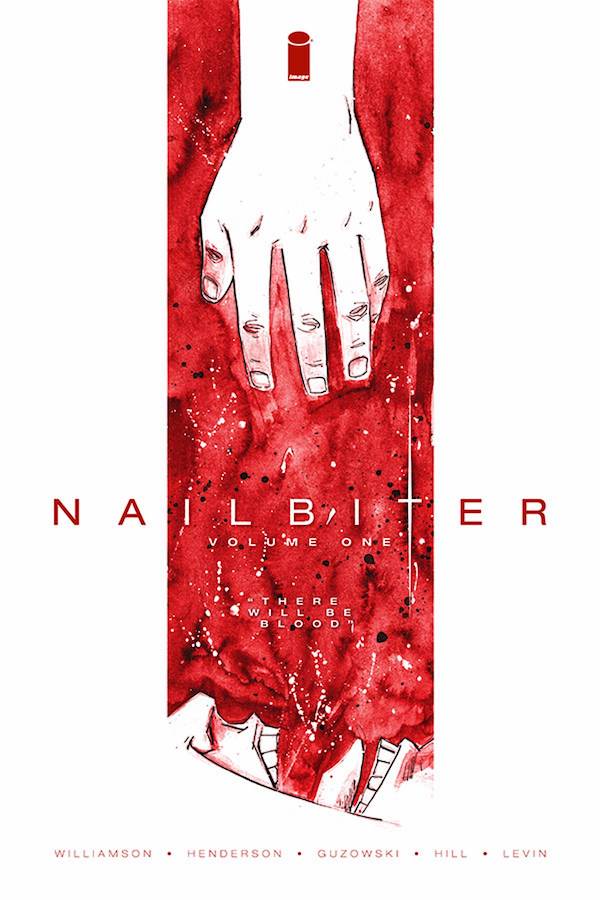
KS: If we flipped through teenage Mike’s comic book collection, what types of titles would we find?
NH: A hefty stack of anything in the cosmic corner of the Marvel Universe would be front and center. Certainly every Wolverine title that it was possible to get hold of and, when Image exploded onto the scene, there was Spawn. Later in my teens, it was anything Vertigo saw fit to put on the shelves.
KS: Where were you getting your comics during this time? A spinner rack somewhere or did you have an LCS?
MH: Right around the time I hit middle school, a LCS opened up close by. Before that, though, all I had — and still have very fond memories of — were spinner racks.
KS: Back when you were first able to differentiate among artists and art styles, who were your first favorites? Were you able to follow artists from title to title?
MH: I was so drawn to Adam Warlock that I think Jim Starlin was the first artist whose work I actively sought out. Rhode Island at that time had a sad dearth of comic shops, and between that and a lack of funds, it was hard for me to follow anyone until I had a job of my own and a car to seek out the stuff I was looking for. By then, I’d hunt down anything John Romita Jr was putting on paper. He was — who am I kidding, is — a huge, huge influence.
KS: Does any particular comic story stand out for you in that time of discovery?
MH: “The Strange Death of Adam Warlock” was the first story that resonated so damn hard that I absolutely had to know more and pushed me down the proverbial rabbit hole. But maybe in terms of its importance to my career, JRJR’s run on Thor in the late ’90s was the eureka moment.
KS: I’ve lost track of the various Thor runs over the years. Was that the Dan Jurgens written one?
MH: It was The Mighty Thor, the highly underrated, in my opinion, Heroes Reborn reboot with Dan Jurgens and Klaus Janson that kicked off with the “Dark Gods Saga.”
KS: Why do you think that had such an impact on who you were then?
MH: I remember I was a senior in high school, without any real plans for the future and considering joining the army — considering the dates now, I am extraordinarily grateful I followed the other fork in the road— when Thor #1 was released and by the time I’d finished that one issue, I’d thought out loud, “I have to do this for a living.” Fortunately for me, on the same day I’d seen an ad for the Joe Kubert School in one comic or another, possibly the exact same one for all I know, and applied not long after.
KS: Backing up a bit, what kind of art had you made before this time? Did you ever try making your own comics?
MH: I seem to recall I did a lot of the same sort of massive, sprawling, two-dimensional battlefields that kids do. The ones that look like they came from some deranged medieval tapestry? Eventually, I found a bound book of the very first Superman strips my dad had on a shelf, then everything became about telling the story in that way.
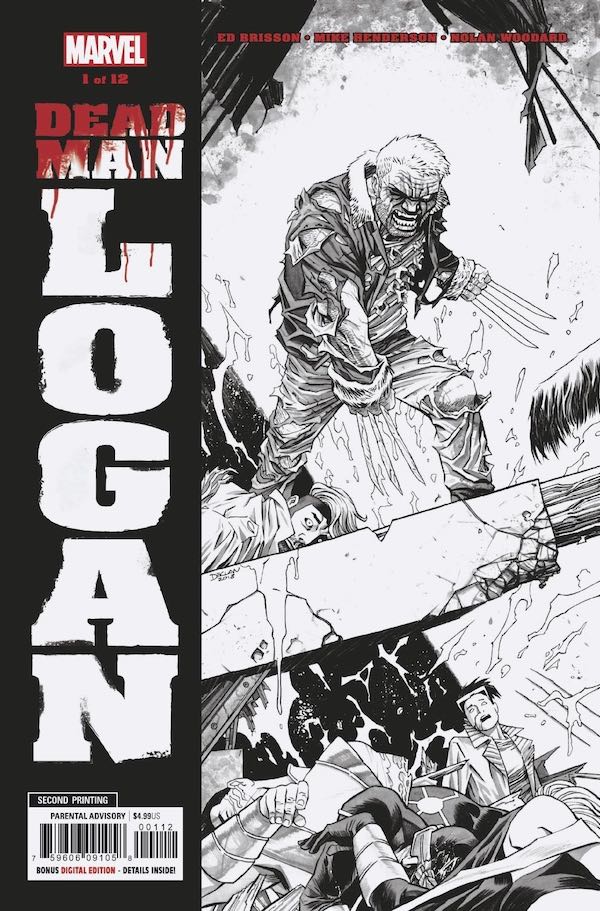
KS: Was there family support for you applying to the Kubert School? A lot of kids have art as a hobby, but I know there might be parental encouragement to choose a “safe” career path.
MH: I sometimes joke that having the chip-on-the-shoulder of unsupportive parents would have been helpful in some way, but that’s a lie. I think my folks recognized that I had the talent to make a go of it if I tried hard enough, and I’m also very grateful for all of the great art teachers I had that made very sure they knew that was true. Very supportive.
KS: We’ve had several guests who are alums of the school. Can you talk a bit about what you got out of your time there? To make it more specific, what was different about the Mike who came out of that program than the one who showed up on day one?
MH: I think I came away with the same shiny set of draughtsmanship tools that most other students did, but the most important part for me was the crystallization of the idea of comics as production art. When I arrived I was probably the same as every other student, trying to make every face and every hand in every panel on every page so perfect that I’d drive myself nuts. But I clocked early how much of it was about speed. I was by no means the most talented person there, so, right or wrong or unhealthy, I had this idea that I had to outwork everyone. I started to let go of mistakes, providing I didn’t let myself make them twice, which led to speed, which led to getting more reps in, etc., etc. That was very valuable to me.
KS: Were there other art fields you would have been interested in/open to aside from comics?
MH: I had no thought to doing anything other than comics. My brief flirtation with the animation program that the Kubert School had at the time did not jingle my bells in any way, and instead of branching my interest, it made me double down even more on absolutely having to make comics.
KS: When was the first time you ever got paid for a piece of art?
MH: I seem to remember the owner of a local card and comic shop in our neighborhood exchanging a small stack of comics for a drawing of Galactus I’d done that he liked. I’m not sure who came out on the better end of that deal, but I was pleased with it.
KS: How did your first pro comics gig come about? I’m always interested in the balance between the preparation of putting your work out there and the kind of right place/right time “happy accidents” where fortune smiles in a way out of our individual control.
MH: The first substantial work I was paid real-life money for was a Spider-Man digital short story. I had been stumbling along for years like most of us do when we start out, drawing short stories and full sized OGN’s at smaller publishers, trying to make it happen with mixed success and my last stop that year —possibly for good— was Baltimore Comic-Con. As everyone was packing up on that Sunday, I stole a minute of Walt and Louise Simonson’s time, and they generously agreed to look over my stuff. Walt called over Dean Haspiel to look, and I got an email from Marvel a week or so later. It was every inch a right place/right time situation.
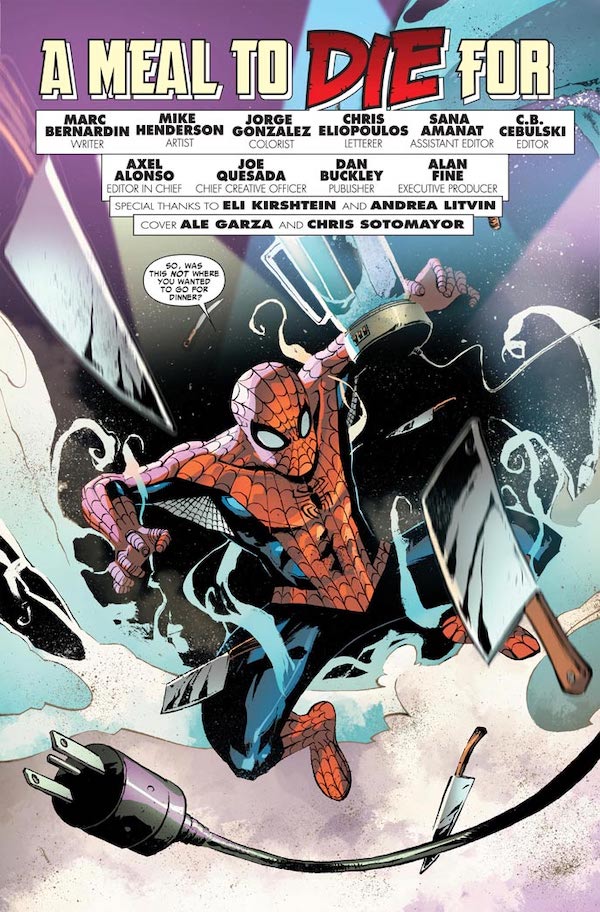
KS: How did your career look different from that point? It might seem like doing a story for Marvel means you’ve “arrived” in the biz, but what happened for you professionally in the immediate aftermath of the Spidey story?
MH: There’s a bit of “Ok… now what?” when that first gig is over. That’s pretty normal. For me personally, I took it as a sign off on the fact that I was good enough to be where I was and I wasn’t just fooling myself. I went immediately back to a mix of creator-owned and licensed work, mostly at IDW, for the next couple of years. But after that first job, you’re one of two types of people. Either you sit back and wait for the next thing to be handed to you or you’re the type who was already planning your next project while the ink was still drying. In my experience, the creators who have had the longest, most successful [careers] have fallen into that second category.
KS: Looking back now, what’s one piece of advice about the art and/or business of comics you’d give to the Mike who walked out the door of the Kubert School? This doesn’t mean something to specifically change the past, but more to maybe make his life a little easier navigating this path.
MH: Covering both the craft and the business of comics, I would advise him to start writing immediately. I’m only just now starting to toy with my own ideas, and I think my career would have been wildly different had I done so right out of the gate. We all rely on someone at some point, but make sure you don’t have to. Secondly, and this is easy for me to say now that I’m in a position to be able to do so, try to only work with people you respect. We don’t what we don’t know, but the caliber of the people whose name is next to yours means something.
KS: Thumbs up or thumbs down: listening to music or other background noise while you work? If thumbs up, what might we hear on the playlist?
MH: I tend to go through phases with this, and it depends on what I’m working on. When penciling, I’m all about audiobooks — lately Between Two Fires by Christopher Buehlman, To Be Taught, If Fortunate by Becky Chambers, and a few of the Witcher novels. When I’m inking, I do like some comfort TV on in the background; some iteration of Star Trek can usually be found beep-booping.
KS: Imagine a hypothetical Comic Book Hall of Fame and you get to induct one title from any era that represents this medium at its finest. What book gets your plaque?
MH: It’s the stock answer with good reason, but Watchmen really is the gold standard. Not because it’s “dark and gritty” or any of the other reasons your garden variety incel thinks it is, but because it’s just the best creative atoms Alan Moore and Dave Gibbons had available being put into a Large Hadron collider and being smashed together at light speed . A brilliant sendup of superhero comics, brilliantly brought to the page by Dave. If I only have one book to point to, to explain what a comic book is, it has to be Watchmen.
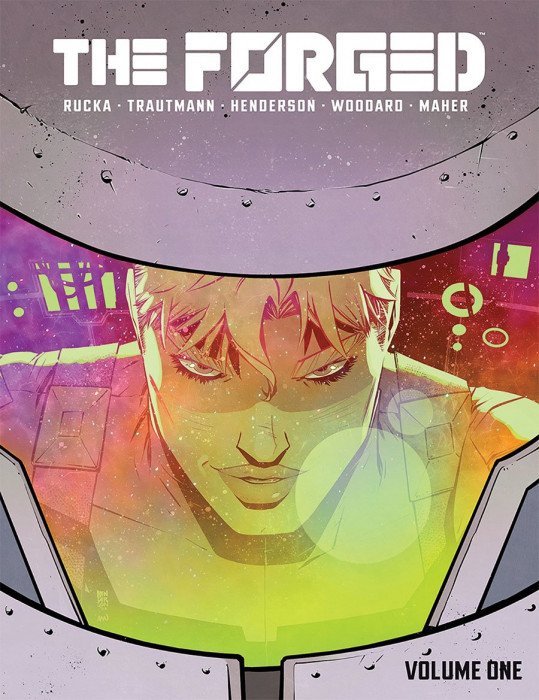
KS: Finally, please let readers know what you have out now and what you have coming out the rest of ‘24.
MH: In addition to The Forged, which returns in April with #7, I also have another sci-fi crime series with AJ Lieberman and Inaki Azpiazu that I’ve just begun drawing and just found a home for. Too early to talk about, but I expect it’ll be out towards the end of 2024.

